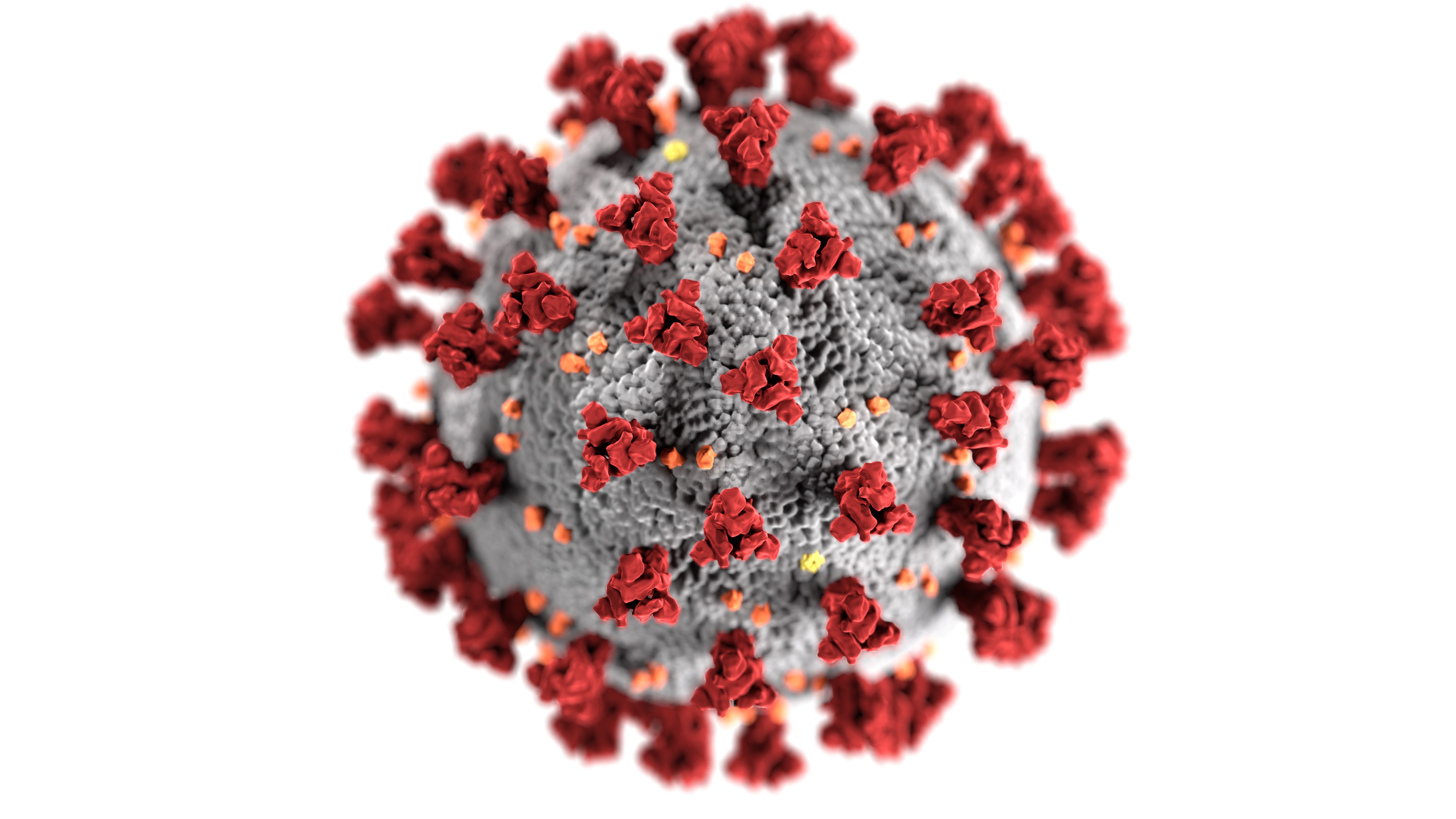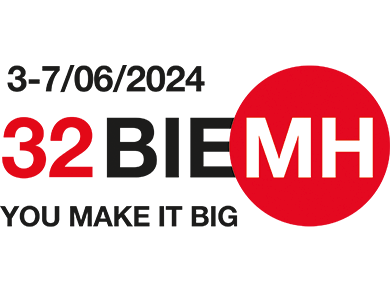Vaccination progress impacts global economic growth
According to analyst IHS Markit, global economic expansion is being led by the United States, mainland China and Europe.
“In 2021 and 2022, economic growth will be linked to COVID-19 vaccination progress. Countries with low vaccination rates face increased risks from the Delta variant of the virus, adding to the urgency of stepping up international vaccination campaigns. In countries that can safely reopen, the resilience of spending on services will deliver robust economic growth,” said the analyst.
Outlooks in advanced countries with high vaccination rates remain bright, but near-term prospects in emerging and developing countries with low vaccination rates are murkier. World real GDP has fully recovered from the harsh 9% contraction in the first two quarters of 2020, reaching a new peak in the second quarter of 2021.
“Economic growth will strengthen in the second half of 2021, led by consumer resilience in Europe and sustained dynamism in the United States. However, COVID-19 outbreaks in Asia-Pacific and Africa will constrain production and exports, prolonging global supply chain disruptions,” explained the analyst.
“After a 3.5% decline in 2020, global real GDP is projected to expand 5.8% in 2021 and 4.7% in 2022 owing to support from a staggered reopening of regional economies as the pandemic subsides. Growth will settle to 3.2% in 2023 as pent-up demands are satisfied and fiscal and monetary stimuli are withdrawn. The global growth forecast is revised down by 0.2 percentage point in 2021, when less robust prospects for Asia-Pacific and the United States are partially offset by brighter outlooks for Europe and Latin America. The 2021 setback to world output growth will be fully recoupled in 2022-23,” it added.
The IHS Markit surveys of purchasing managers are showing a new buoyancy in service sectors, along with steady growth in manufacturing. In June, four of the five fastest-growing sectors were services: tourism and recreation, telecommunications, industrial services and healthcare services.
“Leading indicators signal a brisk pick-up in economic activity across western Europe as consumer-facing services benefit from a major easing of COVID-19 restrictions. Consumer spending was hit hard by lockdowns but will now be the driving force in the recovery. Improving labour markets and household savings accumulated during the pandemic will support pent-up demand for services and non-essential goods. Surging eurozone business confidence also signals a revival in equipment investment, while construction investment continues to outperform. After a 6.6% decline in 2020, eurozone real GDP is projected to increase 5.0% in 2021, 4.4% in 2022 and 2.1% in 2023,” said the analyst.
The World Bank estimates that the pandemic will send 160 million people into poverty by the end of 2021. IHS Markit analysts project that 2021 unemployment rates will rise to 10.6% in developing countries and 8.0% in emerging markets (while falling to 5.9% in advanced countries). Progress in reducing unemployment will begin in 2022 as vaccinations increase and the pandemic subsides. In many of these countries, income losses are exacerbated by high consumer price inflation. The combination of rising inflation, currency depreciation and capital flight has forced many emerging and developing countries to tighten monetary policies before achieving sustainable economic recoveries.



























Recent comments